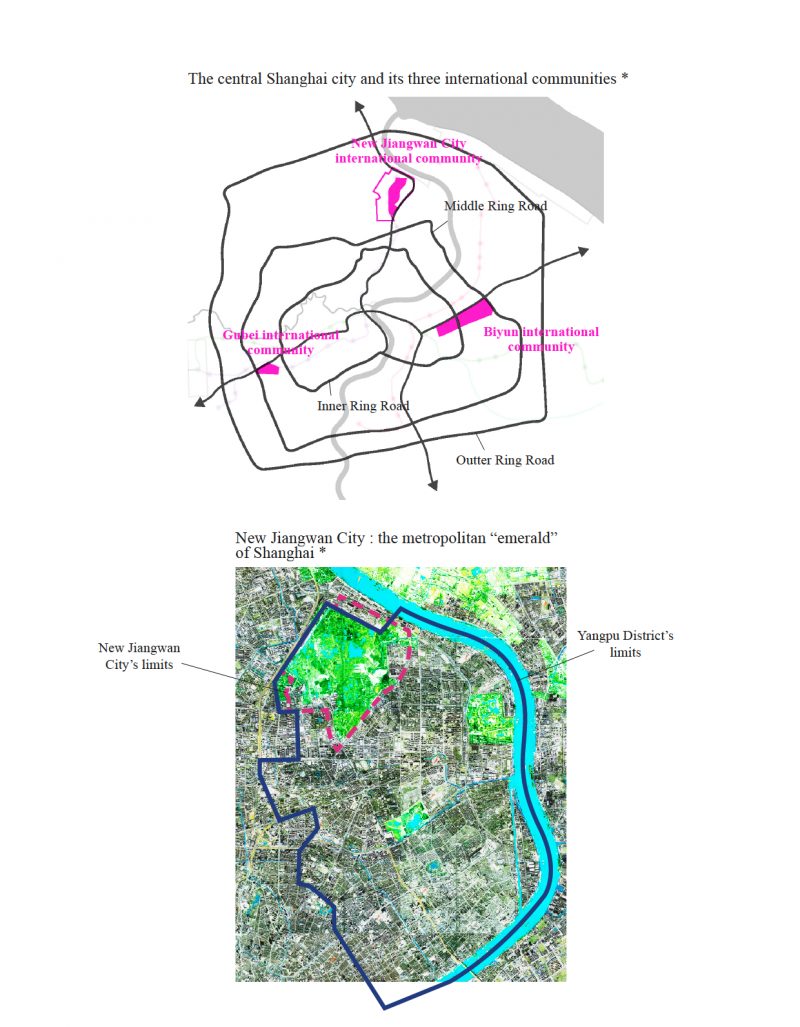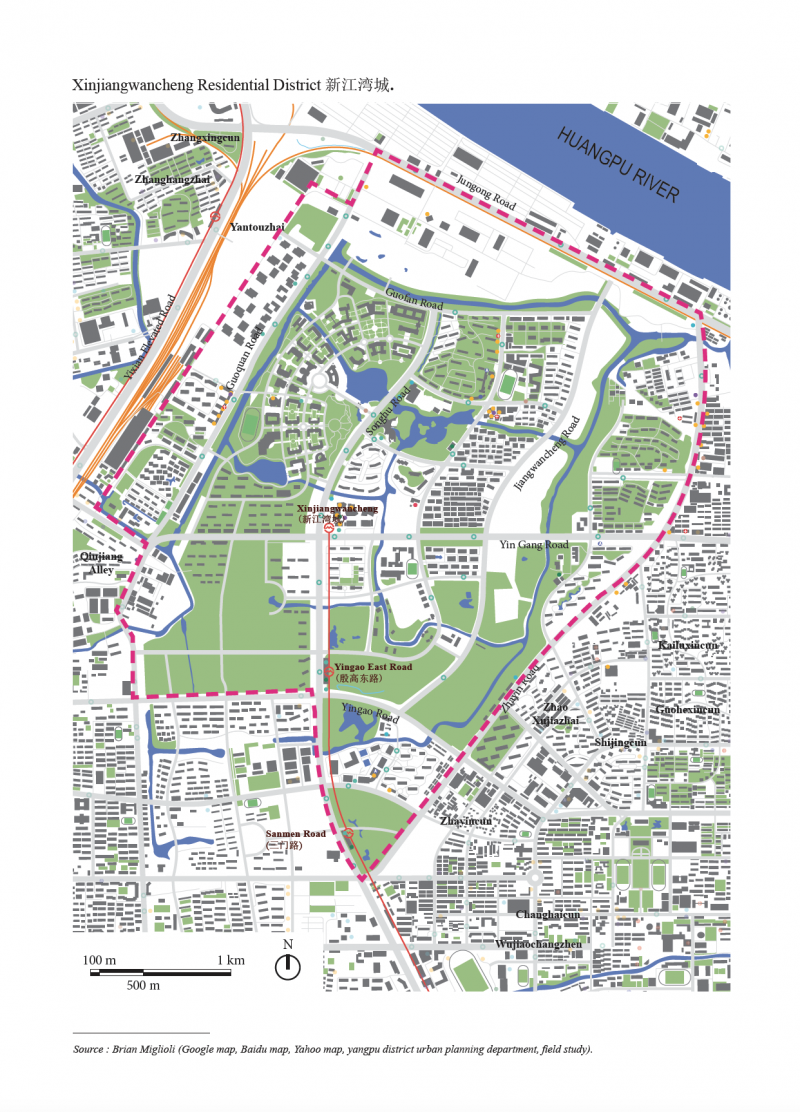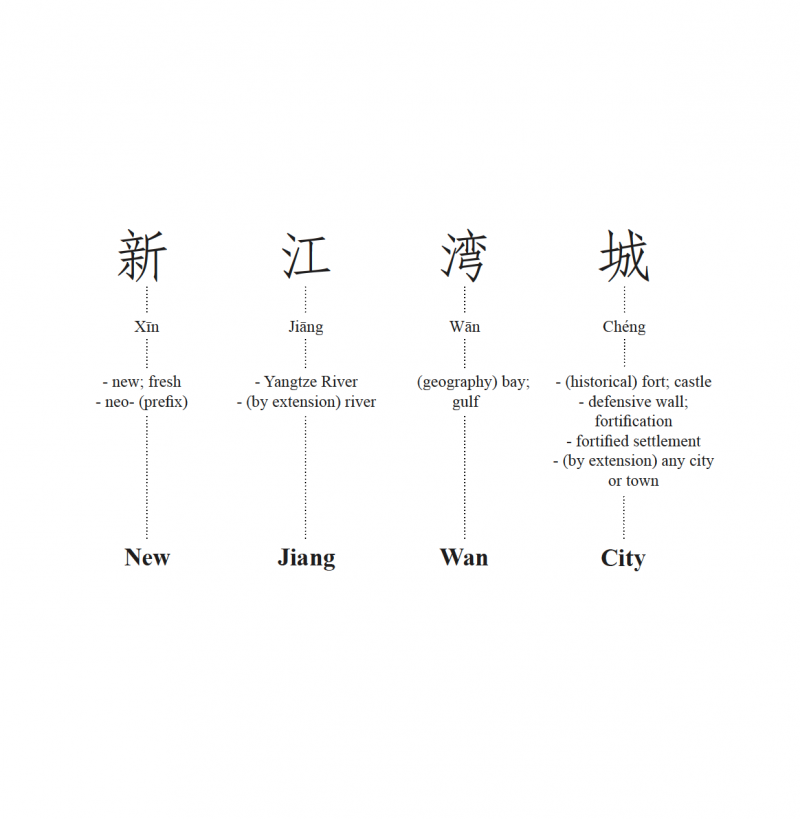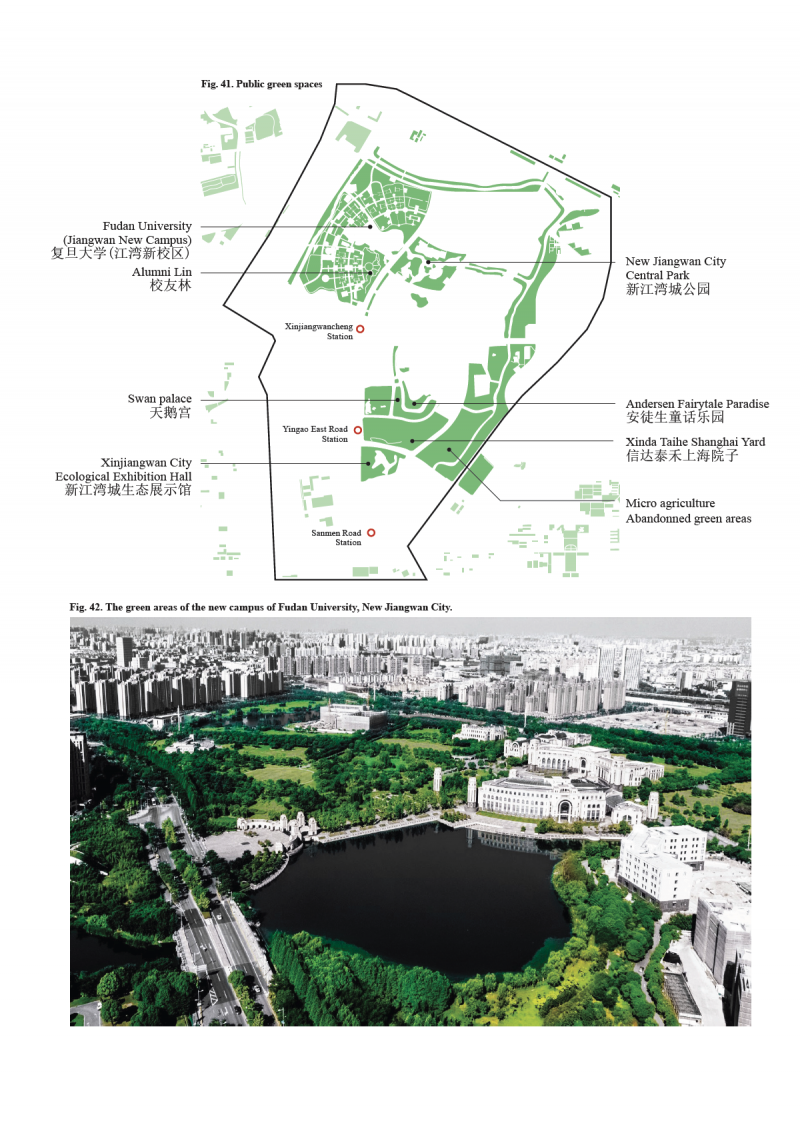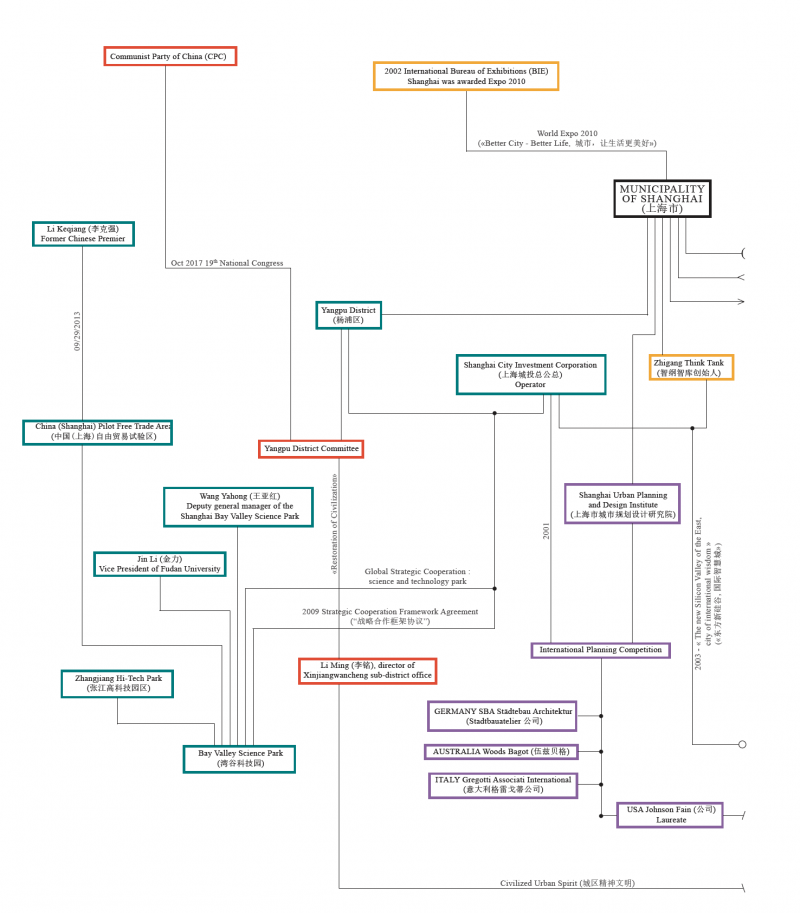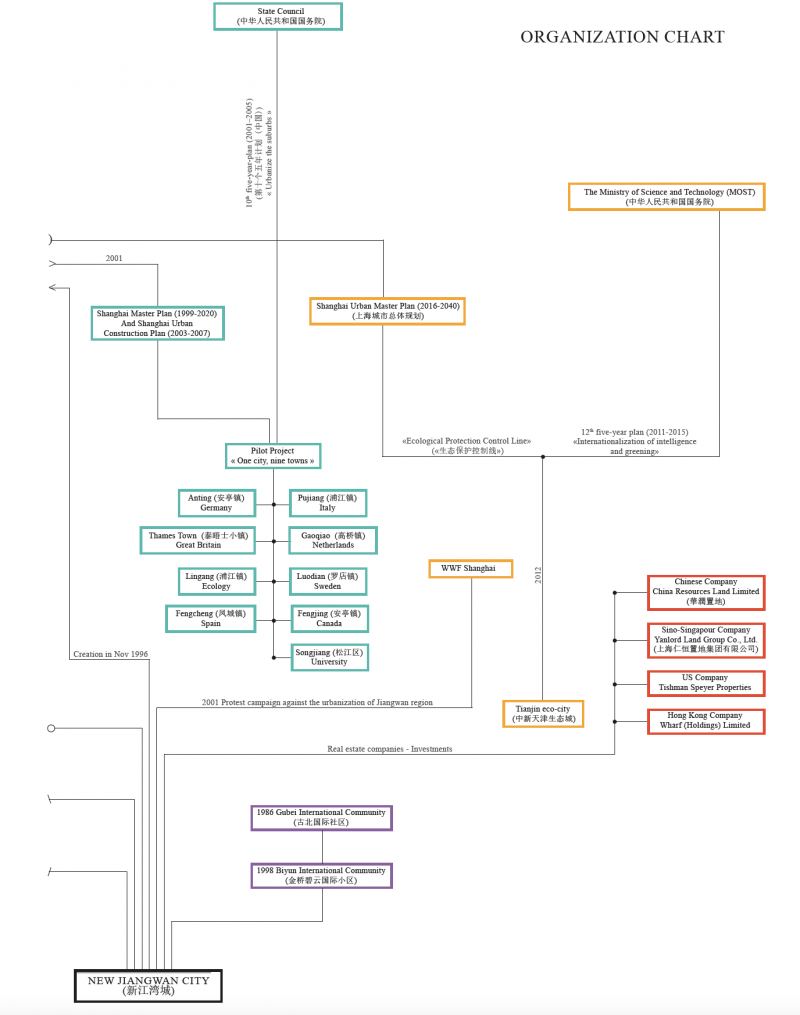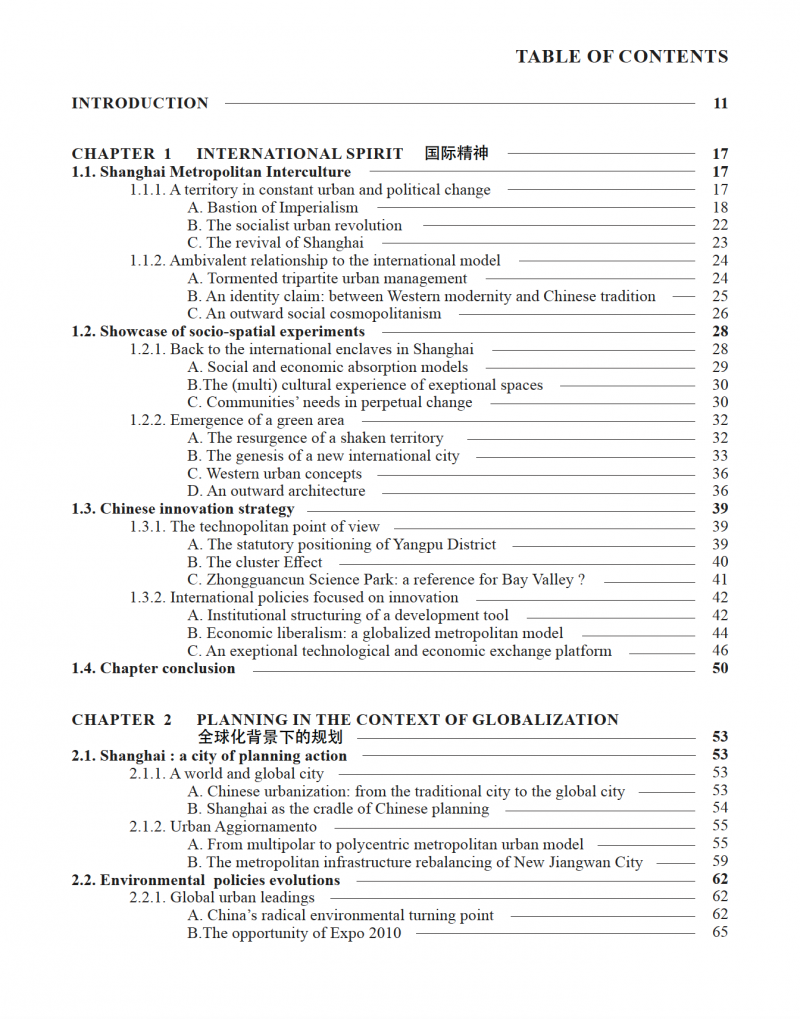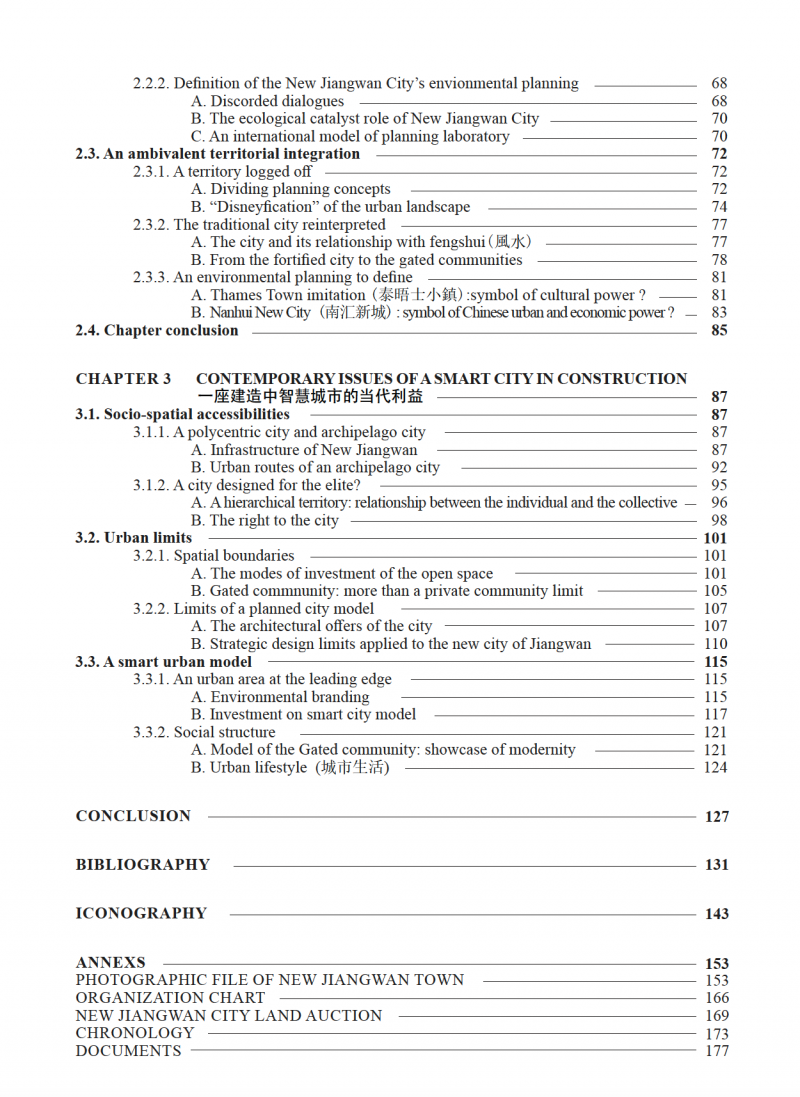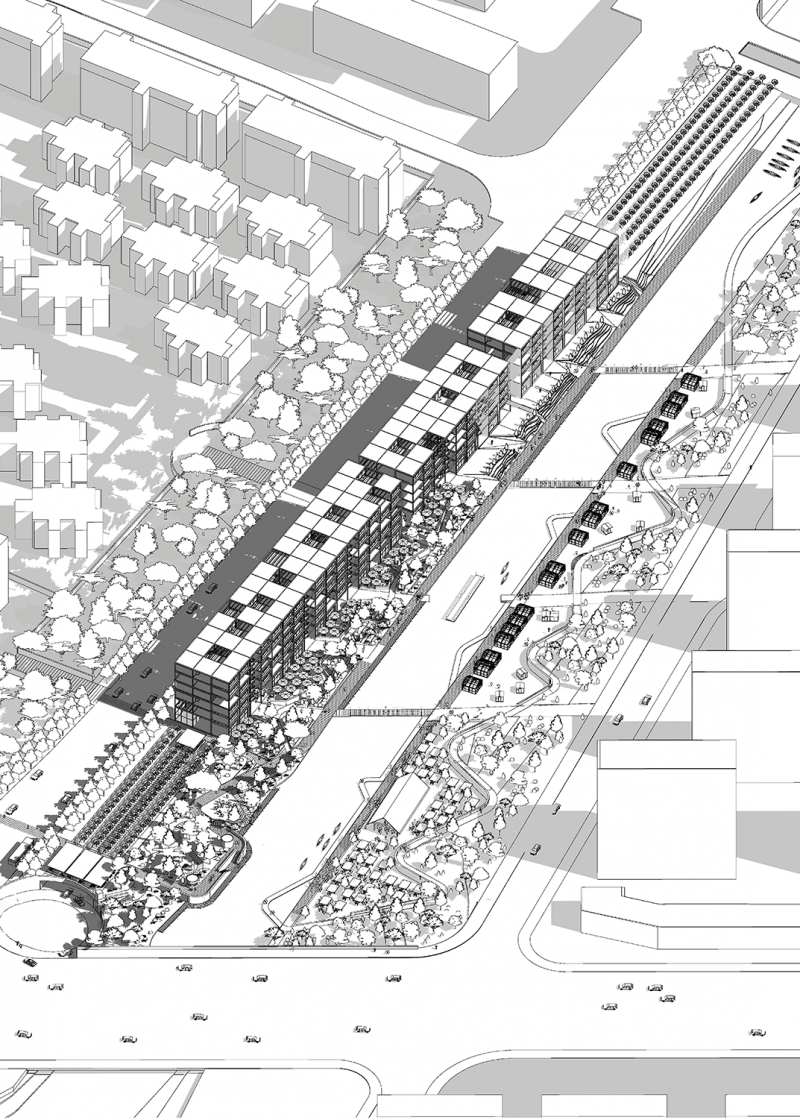New Town Development in Shanghai Metropolitan Region
Since the year 1980, China has experienced two major phenomena that have upset Chinese society: its economy and its urbanization. No country has experienced such changes of such magnitude. This is unprecedented in the history. These two great leaps forward have allowed China to rise to the rank of the world’s leading economic power, with the largest metropolises in the world. This is neither without social and environmental consequences. The country has seen the emergence of a middle class and elite, still growing. And holds the record for the most polluted cities. Since the 2000s, and in particular, thanks to Expo 2010 in Shanghai, the urban showcase of China, the country has redesigned all of its urban development on the environmental front, while preserving its economic boom. Thus, thanks to China’s energy, pragmatism and technical, technological and economic means, the country is more than ever at the forefront of the urban solutions that can be provided thanks to its new experimental tools: the ecological new cities.
This master thesis questions the entire construction process of the new urbanized area of New Jiangwan City as a model, through several fields of analysis and at different scales, in order to understand the issues in the medium and long term.
The new city of Jiangwan, located in the central city of Shanghai, is the main case study. It is examined on several themes reflecting the urban impact and the contemporary Chinese economic and environmental strategies, at the scale of the Shanghai metropolis, the Yangpu district and the new city.
New Jiangwan City is a unique and exceptional territory that hosts the third generation of Shanghai’s international community, it is also an area for universities and the elite.
The first field of study provides answer to the influence of Shanghai’s international spirit on this new urban area. Aged 80, this territory has distinguished becoming the largest green area (so-called green emerald) of the metropolis. The municipality has the opportunity to develop this territory in a local context, offering Shanghai a new model of life borrowing an international culture. The new city balances and coordinates its economic and environmental goals in the era of globalization, in order to explore a promising model in the extension of metropolitan urban spaces.
The use of urban and architectural concepts come from USA and Europe, such as New Urbanism and neo-traditional architecture, questions the spatial results of this new territory in a Chinese urban context. Engendering pre-determined urban forms and the creation of closed functional cells, such as the gated communities that made up almost the whole of New Jiangwan City. The new city is segmented and loses commercial and dynamism intensity. It is struggling to increase its population, nowadays about 40 000 inhabitants.
New Jiangwan City explores a more sustainable and more healthy way to new district development.





